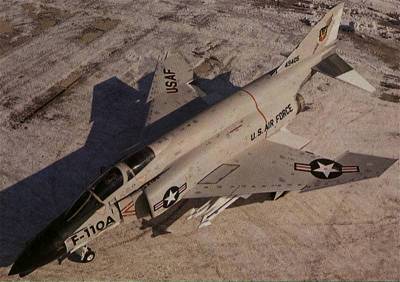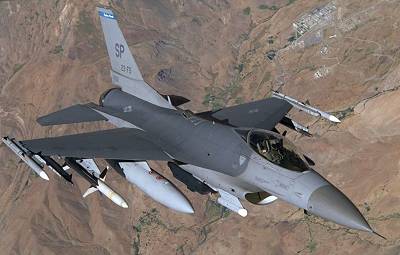America
Speculative post-1962 non-Tri-Service Aircraft Designations
Fighter Aircraft

McDonnell Douglas F-110A Spectre
AmericaSpeculative post-1962 non-Tri-Service Aircraft DesignationsFighter Aircraft |
 McDonnell Douglas F-110A Spectre |
During the 1962 - 1964 time period, the various aircraft designation systems used by the American armed forces were unified into one common system known as the Tri-Service aircraft designation system. More details of this can be found elsewhere (see web links). In brief:
The following are speculative extrapolations of fighter aircraft designations, had the Tri-Service re-designation not occurred.
|
| Notes |

General Dynamics F-16 Fighting Falcon.
| [ | USA | ] |
| [ | Home | | | About | | | Contact | | | Top | ] |
© 1998-2005, Robert Beechy
http://fire.prohosting.com/uncommon/reference/usa/fighter.html
Originally posted 1999
Modified: 01/01/2005